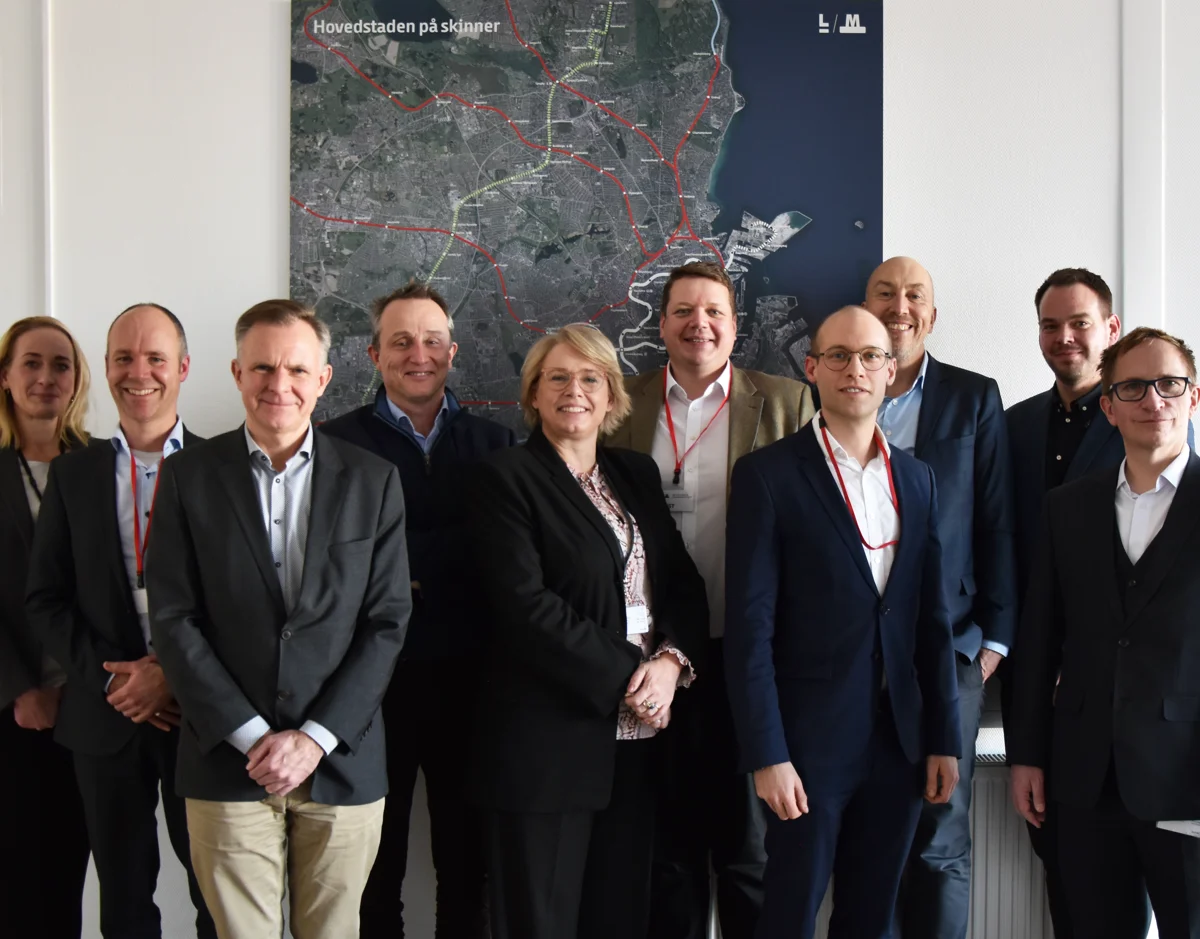
New life for 34 metro trains
Facts about the 34 trains
- They make up the first fleet of the first driverless Metro in a capital city.
- The trains have travelled a total of 95 million kilometres.
- A metro train is 39 metres long and 2.65 metres wide.
- Its maximum speed is 80 kilometres per hour and with stops, the average speed through the city is 40 kilometres per hour.
- On the M1 and M2, the 34 oldest trains run alongside 8 new ones, bringing the total fleet on these lines to 42 trains.
- Originally, the 34 trains were to be replaced with new trains in 2025. The modernisation extends their lifetime to 2035.
- This means that the climate footprint from new train purchases will be reduced 3 times every 100 years instead of 4 times. This makes modernisation a significantly more climate-friendly solution than the alternative.
- With the original seating arrangement, there is room for around 270 passengers in each train. With the new seating arrangement, this increases to almost 300.
Twenty years ago, the Metro carried passengers for the first time. Since that first trip, the first 34 Metro trains have travelled a total of more than 95 million km from Vanløse to Vestamager or Copenhagen Airport (on lines M1 and M2).
Now it's time to future-proof the train carriages and give passengers an even better travelling experience.
Modernisation benefits the environment and passengers
The Metroselskabet has therefore signed a contract with Alstom for a comprehensive modernisation of the trains. Over the next three years, the French mobility solutions provider will renovate the trains to ensure continued high operational reliability, maintain the trains' high level of safety, improve the customer experience and make it easier to maintain the trains. A modernisation also has a significantly smaller climate footprint than the purchase of 34 new trains would have.
- ‘We have set ourselves an ambitious goal to continue to deliver the best possible sustainable service to our customers while minimising our carbon footprint. The modernisation will have a positive impact on passengers' experience of travelling with the Metro on the M1 and M2. That's why we have been looking for a supplier for the project that matches our ambition. We have found this in the recently completed tender, where the selected supplier excelled in a strong field of bidders, says Rebekka Nymark, CEO of Metroselskabet.

Facts - what is the timetable for the life extension and what needs to be done to the trains
- The contract that the Metroselskabet has signed with Alstom has a total value of €30 million
- The contract will run from 2023, when the details of the job will be finalised and the first trains will be sent to Rotterdam.
- The last train will be delivered back and in operation in 2026.
The assignment involves, among other things, to:
- Changing the layout of the seats in the train
- Replacing the train's fire safety system
- Installing a new passenger information system, including info screens
- Replacement of doors
- Replacing cables and electronics
- Laying a new floor
- Painting inner panels
- The tender requires the supplier to have a proper environmental policy with regard to sorting and correct disposal of waste products.
Room for more in returning trains
The modernisation is just one of several projects underway to increase capacity, reliability, frequency and overall make the Metro an even more attractive choice for passengers.
The extensive modifications being carried out at Alstom's Rotterdam workshop include, in addition to the interior changes, painting all panels, new floors, replacing doors and replacing important parts of the undercarriage.
‘We will send the trains out three at a time over the next three years. It's a task we've prepared for by, among other things, deploying new trains so that the overall fleet can deliver the right capacity while we take the individual trains out for modernisation. This can therefore be carried out without passengers noticing until the trains return in renewed and future-proofed condition,’ says Rebekka Nymark.
However, the specific list of improvements will be specified in an upcoming detailed planning between Metroselskabet and Alstom.
All replacements will be made as needed. This means that each train will be assessed and reviewed individually before the modernisation begins. For example, panels will only be replaced if they cannot be repaired. The existing seats and glass panels will be reused.

Facts - who is Alstom?
Alstom services more than 35,500 vehicles worldwide and provides services across the entire lifecycle of the transport system. That is, from design and construction to operation and modernisation.
One third of all train system modernisations worldwide are carried out by Alstom.
The company are experts in extending the lifetime of vehicles, improving their energy consumption and lowering their CO2 emissions.
Alstom is far from being a new operator in Denmark. Over the past 20 years, they have been present in the Danish market, delivering 500 regional trains, signalling systems, and technical equipment for a wide range of train systems. Most recently, Alstom won the largest railway contract in Denmark's history when it was chosen to supply 100 new trains to DSB in 2021 and to maintain the trains for their first 15 years of operation.
Exciting collaboration ahead
The entire process must now be planned in detail. Experts from Metroselskabet and operator Metro Service will therefore be in close dialogue with Alstom to provide vital input to a process that the supplier is looking forward to.
- ‘We have a lot of experience with this type of refurbishment. But this project is a unique opportunity to work on the first driverless metro system in a capital city, and with the expertise that Metroselskabet brings to the partnership,’ says Emmanuel HENRY, Managing Director, Alstom Transport Denmark.
The first of 34 trains is scheduled to make the journey from Copenhagen to Rotterdam in 2023, while the last will return to service in 2026.